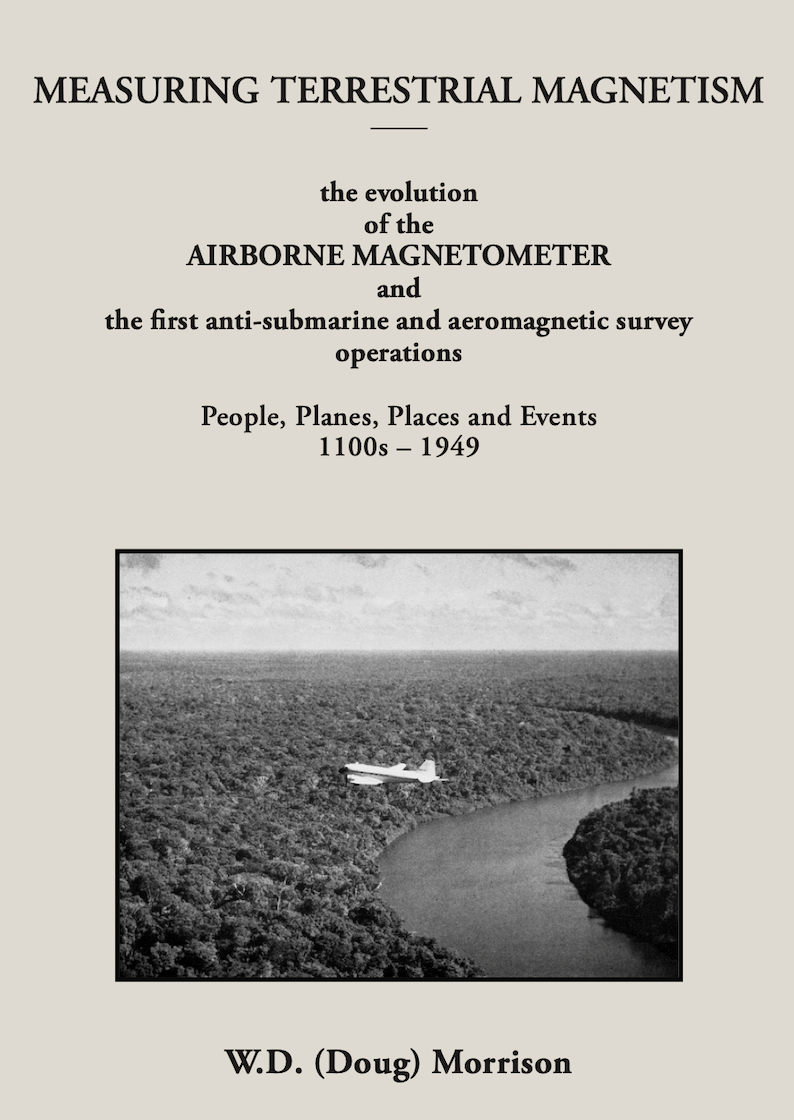Membership renewals open for 2024 - Click here
Cs Vapour Magnetometer, TM-3
Geophysical Technology. Armidale, Australia
1987
Method: Magnetics
Description
In 1985 the BBC produced a documentary in which the TM-2 magnetometer featured in its application to archaeological mapping in Thailand and the discovery of 1000 year old, buried pottery kilns. Next day an enquiry from the RAAF was received: “If you can detect 1000 year old kilns then can you detect 1000lb bombs – and we have lost a few?” The TM-2 was then contracted to map an 80 Ha dis-used bombing range area in Darwin for the purpose of detecting unexploded ordnance prior to making the area available for civil use (EOD). The success of this project led the Australian Department of Defence to contract Geophysical Technology to build and supply a system for unexploded ordnance detection. The new TM-3 had an inbuilt Z80 based data acquisition system using solid state memory, input for 2 Cs sensors and a cotton thread type odometer. Software running on the system had the facility to calculate a linear correction for cotton thread stretch using known control points along line. Data could be output via a serial port. 1 Ha could be mapped with 100,000 positioned measurements in under four hours. A major significance of this technology was that it offered for the first time, a digital audit trail from which a quality assurance protocol in EOD was developed.
In 1988 the TM-3 won for its developers, John Stanley and Malcolm Cattach, the Grahame Sands Award of the ASEG for Innovation in Applied Geoscience.

